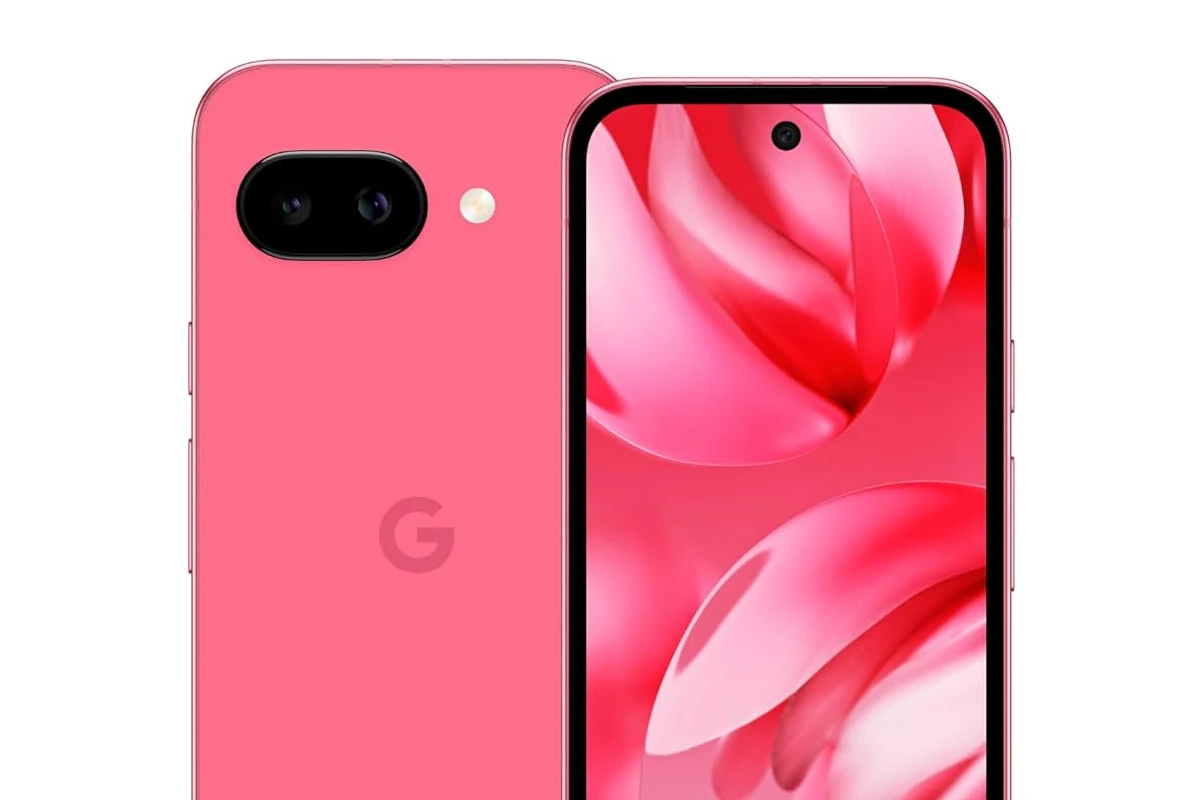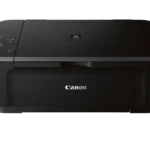The Google Pixel 9a has officially hit the market as of April 10, 2025, and it’s quickly shaping up to be a standout option in the crowded mid-range smartphone category. Combining refined hardware with Google’s AI-first software approach, the Pixel 9a doesn’t just ride on the reputation of its predecessors—it meaningfully upgrades the A-series with smarter features, a better display, improved battery life, and flagship-level internals at a compelling price point.
Here’s a deeper dive into everything you need to know about the Pixel 9a—its specs, performance, camera tricks, AI smarts, and why it might just be the best Android phone under $500 this year.
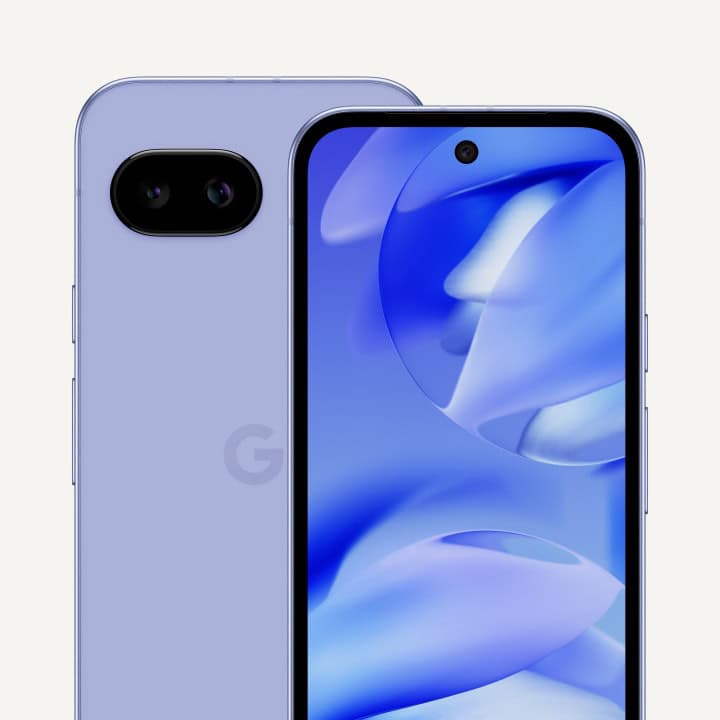
🛍 Availability and Pricing: A Strong Value Play
The Pixel 9a is available now in the U.S., UK, Canada, India, and other select regions. You can pick it up through major carriers like Verizon, T-Mobile, and AT&T or buy it unlocked via Google Store, Best Buy, or Amazon. AT&T, in particular, is pushing aggressive promos—offering the Pixel 9a for as low as $3/month with unlimited plans, no trade-in required.
- 128GB model: $499 USD
- 256GB model: $599 USD
- India: ₹49,999 for the 256GB variant with limited-time EMI and cashback offers
For what it delivers, this is one of the most competitively priced smartphones in its category—especially considering the Pixel 9a is running the same Tensor G4 chipset as the flagship Pixel 9.
📱 Design & Build: A More Subtle Look With Durable Upgrades
The Pixel 9a debuts a new, more minimalist design. Google has done away with the camera bar, opting instead for a flat aluminum frame and a matte composite back with a pill-shaped camera cutout. While some find the design less iconic, it’s undeniably more ergonomic and stable on flat surfaces.
- Colors: Obsidian, Porcelain, Peony, Iris
- Water & Dust Resistance: IP68 certified, a first for any Pixel A-series device
- Fingerprint Sensor: Optical in-display
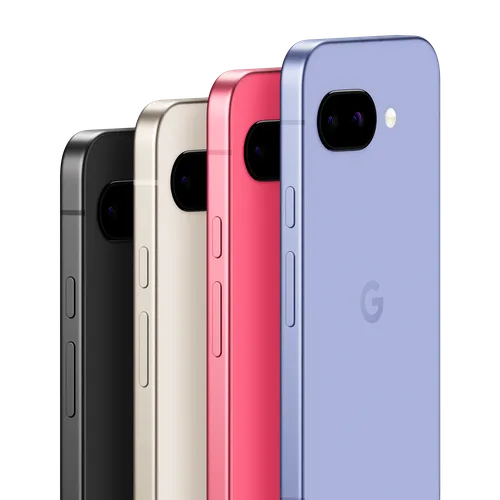
🔆 Display: Big, Bright, and Smooth
One of the most noticeable upgrades is the 6.3-inch Actua OLED display. This time around, it supports 120Hz adaptive refresh rate, offering a buttery-smooth UI experience that adjusts dynamically to preserve battery.
- Resolution: 1080 x 2424 pixels (~422 PPI)
- Aspect Ratio: 20:9
- Peak Brightness: 2700 nits (perfect for outdoor visibility)
- Protection: Corning Gorilla Glass 3
⚙️ Performance: Flagship-Level Silicon
Under the hood is Google’s Tensor G4, the same chip powering the Pixel 9 and 9 Pro. While not aiming to match Apple’s A-series or Qualcomm’s Snapdragon 8 Gen 3 in raw benchmarks, it excels in AI-powered experiences and optimized real-world use.
- RAM: 8GB LPDDR5X
- Storage: 128GB / 256GB UFS 3.1
- Security: Titan M2 chip
This is more than enough for multitasking, gaming, and most app workloads—but some experts note that 8GB RAM could become limiting as on-device AI becomes more resource-intensive in the next few years.
📸 Cameras: Still the Best in Class for Photos
The Pixel 9a might be the best smartphone camera in the sub-$500 range—thanks to a blend of solid hardware and Google’s unmatched computational photography.
Rear Cameras:
- 48MP main (f/1.7, OIS, Dual Pixel AF)
- 13MP ultrawide (120° FOV)
- Super Res Zoom up to 8x
- 4K video recording @ 30/60fps
Front Camera:
- 13MP ultrawide (96.1° FOV)
- 4K video @ 30fps
AI Features:
- Magic Eraser
- Photo Unblur
- Night Sight
- Best Take
- Macro Focus (a first for the A-series)
- Real Tone for more accurate skin tones
🔋 Battery Life & Charging: Built to Last
The Pixel 9a packs the largest battery ever in a Pixel device—a 5100mAh cell that promises:
- Over 30 hours of typical use
- Up to 100 hours with Extreme Battery Saver
It supports:
- 23W wired charging (still slower than many competitors like OnePlus and Xiaomi)
- 7.5W Qi wireless charging
- No reverse wireless charging
- No MagSafe (Qi2) support, unless using a compatible case
🤖 Android 15 & AI Integration
The Pixel 9a ships with Android 15 out of the box, backed by Google’s extraordinary commitment to 7 years of OS and security updates, including exclusive Pixel Feature Drops.
Key AI features include:
- Gemini AI integration for smarter text prediction, summarization, and email drafting
- Audio Magic Eraser: Clean up background noise in videos
- Pixel Studio: A new AI-powered image creation and editing tool
These tools, which run on-device thanks to Tensor G4, highlight Google’s vision of the phone as an everyday assistant—not just a piece of hardware.
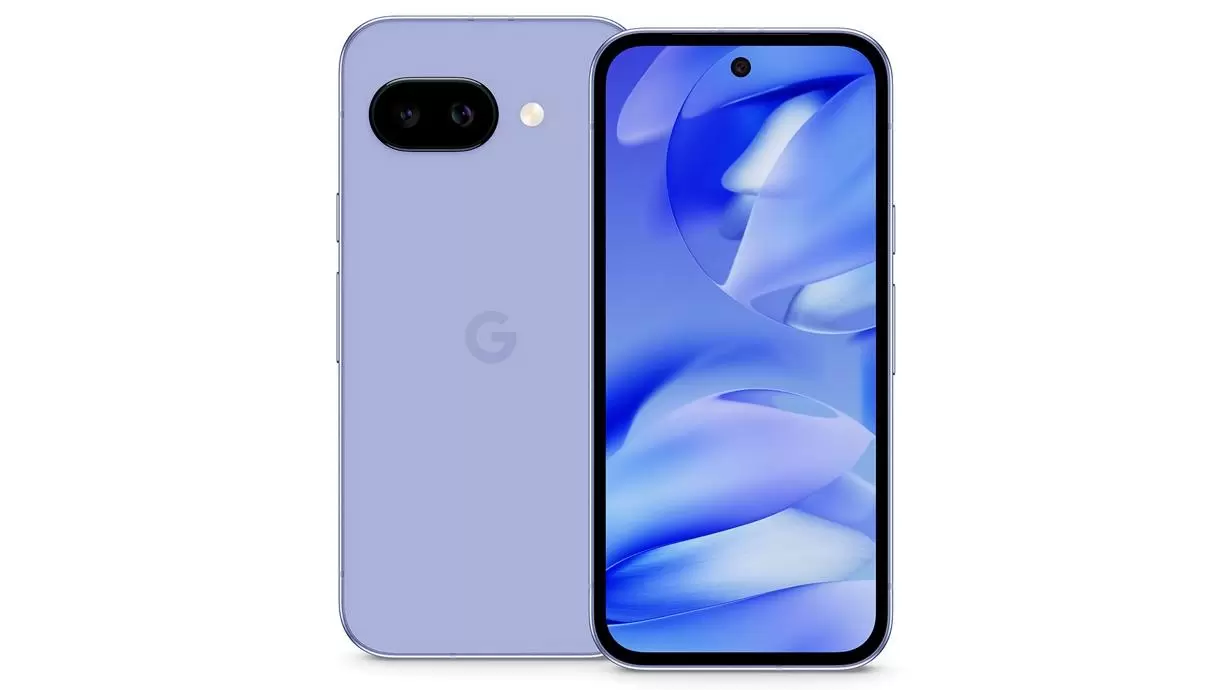
📶 Connectivity & Extras
- Wi-Fi 6E and Bluetooth 5.3
- Dual SIM (1 physical Nano SIM + 1 eSIM)
- Stereo speakers
- NFC for Google Pay
- Face Unlock (2D)
One sticking point is the Exynos 5300 modem, which some users have noted is less efficient than Qualcomm modems, potentially affecting battery life and signal consistency in weaker coverage zones.
Pixel 9a Review Scores: How It Ranks Across the Board
Here’s a breakdown of how the Pixel 9a performs in each key category, rated on a 1–5 scale based on current competition, features, and user experience.
| Category | Score (1–5) | Notes |
|---|---|---|
| Design & Build | ★★★★☆ (4.0) | Clean, modern design with solid durability (IP68), but lacks flair compared to past Pixel styles. |
| Display | ★★★★★ (5.0) | Bright, sharp OLED panel with smooth 120Hz refresh rate and excellent outdoor visibility. |
| Performance | ★★★★☆ (4.0) | Tensor G4 handles tasks well, but the 8GB RAM may limit longevity for future AI features. |
| Camera System | ★★★★★ (5.0) | Best-in-class at this price point with powerful software tools and dependable image quality. |
| Battery Life | ★★★★★ (5.0) | Massive 5100 mAh battery delivers exceptional longevity with efficient standby performance. |
| Charging | ★★★☆☆ (3.0) | 23W wired and 7.5W wireless are serviceable but underwhelming compared to faster-charging rivals. |
| Software & AI | ★★★★★ (5.0) | Android 15 with 7 years of updates and advanced Gemini AI integration make it future-proof. |
| Audio & Multimedia | ★★★★☆ (4.0) | Loud stereo speakers, solid clarity, but not quite flagship-level. |
| Connectivity | ★★★★☆ (4.0) | Strong with Wi-Fi 6E, Bluetooth 5.3, and eSIM support—though the Exynos modem could be better. |
| Value for Money | ★★★★★ (5.0) | At $499, you’re getting top-tier software, camera, and support unmatched in this price range. |
Overall: 4.5 / 5 Stars
The Pixel 9a earns a stellar 4.5 out of 5. It’s not perfect—charging speeds and future-proofing on RAM/modem tech are valid concerns—but it delivers a near-flagship experience for hundreds less. For most users, it’s the smartest mid-range Android buy of 2025.
Verdict: The Best Pixel A-Series Yet?
The Pixel 9a delivers where it matters most: smooth performance, elite photo quality, thoughtful design, great battery life, and long-term software support. It may not have the flashiest hardware or the fastest charging speeds, but it embodies Google’s idea of a “smartphone made smarter by AI.”
If you’re looking for a clean Android experience, cutting-edge software features, and reliable performance in a $499 package—the Pixel 9a is the best deal in town.
Google Pixel 9a vs. Apple iPhone 16e: Feature Comparison
| Feature | Google Pixel 9a | Apple iPhone 16e |
|---|---|---|
| Price (USD) | $499 | $599 |
| Display | 6.3″ OLED, 1080 x 2424, 120Hz, 2700 nits | 6.1″ OLED, 1170 x 2532, 60Hz, 1200 nits |
| Processor | Google Tensor G4 | Apple A18 |
| RAM | 8 GB LPDDR5X | 8 GB |
| Storage Options | 128 GB / 256 GB UFS 3.1 | 128 GB / 256 GB / 512 GB NVMe |
| Rear Camera(s) | Dual: 48 MP (wide) + 13 MP (ultrawide) | Single: 48 MP (wide) |
| Front Camera | 13 MP (ultrawide) | 12 MP (wide) |
| Battery Capacity | 5100 mAh | 4005 mAh |
| Charging | 23W wired, 7.5W wireless (Qi) | Wired (USB-C), 7.5W wireless (Qi) |
| Operating System | Android 15 | iOS 18 |
| Software Support | 7 years of updates | 5–6 years of updates |
| AI Features | Gemini AI, Magic Eraser, Pixel Studio | Apple Intelligence, Writing Tools, Clean Up |
| Water Resistance | IP68 (1.5m for 30 min) | IP68 (6m for 30 min) |
| Build Materials | Aluminum frame, composite back | Aluminum frame, glass front/back with Ceramic Shield |
| Connectivity | 5G, Wi-Fi 6E, Bluetooth 5.3, NFC, USB-C, Dual SIM | 5G, Wi-Fi 6, Bluetooth 5.3, NFC, USB-C, Dual SIM |
| Weight | 185.9g | 167g |
| Dimensions (mm) | 154.7 x 73.3 x 8.9 | 146.7 x 71.5 x 7.8 |
| Extra Features | Magic Editor, Macro Focus, Extreme Battery Saver | Face ID, Action Button, Emergency SOS via Satellite |
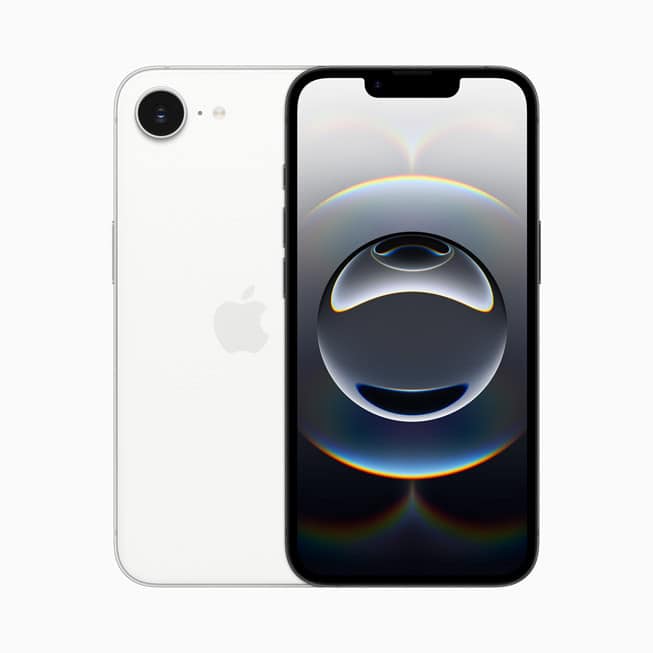
Pixel 9a vs iPhone 16e: Category Winners & Use Case Recommendations
Here’s a category-by-category breakdown of which phone wins each round, along with real-world recommendations depending on your priorities:
| Category | Winner | Why? |
|---|---|---|
| Price | Pixel 9a | At $499, it undercuts the iPhone 16e by $100 with similar or better specs in many areas. |
| Display | Pixel 9a | Larger screen, 120Hz refresh rate, and 2700 nits peak brightness make it better for media and gaming. |
| Processor | iPhone 16e | Apple’s A18 offers stronger raw performance and efficiency, especially in gaming and long-term OS use. |
| RAM | Draw | Both phones offer 8 GB RAM, though iOS tends to be more memory-efficient. |
| Storage Options | iPhone 16e | More configurations (up to 512GB) for users needing extra space. |
| Rear Camera(s) | Pixel 9a | Dual-lens setup offers more flexibility with ultrawide shots, plus Google’s computational photography. |
| Front Camera | Pixel 9a | Wider angle front cam (13MP) and 4K video support make it more versatile for selfies and video calls. |
| Battery Capacity | Pixel 9a | 5100mAh vs 4005mAh gives the Pixel 9a a big edge in endurance. |
| Charging | Draw | Both support similar charging speeds; neither excels here. |
| Operating System | Draw | Depends on preference—Android 15 vs iOS 18. Both are polished and smooth. |
| Software Support | Pixel 9a | Google promises 7 years of updates—more than Apple’s average 5–6 years. |
| AI Features | Pixel 9a | Gemini AI offers on-device and cloud-powered tools across camera, productivity, and creative apps. |
| Water Resistance | iPhone 16e | 6 meters vs Pixel’s 1.5 meters submersion rating. |
| Build Quality | iPhone 16e | Ceramic Shield glass and slimmer build make it more premium-feeling and durable. |
| Connectivity | Pixel 9a | Wi-Fi 6E support gives it a slight edge in future-proofing. |
| Weight & Size | iPhone 16e | Lighter and more compact—better for one-handed use or pockets. |
| Extra Features | iPhone 16e | Face ID, Action Button, and Emergency SOS via satellite add safety and utility. |
Use Case Recommendations
- Best for Value Seekers: Pixel 9a
You get a flagship-tier camera, large battery, smooth display, and 7 years of updates for $499. - Best for Performance/Gaming: iPhone 16e
The A18 chip, tight hardware-software integration, and better thermals make it better for power users. - Best for Photography: Pixel 9a
Dual rear lenses, Google’s Magic Editor, and macro photography support outshine the single-lens iPhone. - Best for Ecosystem Users: iPhone 16e
If you’re already using a Mac, iPad, or Apple Watch, the iPhone integrates seamlessly into your digital life. - Best Battery Life: Pixel 9a
Larger capacity and efficient software deliver a day-and-a-half of usage for most people. - Best for Long-Term Use: Pixel 9a
With 7 years of updates and robust hardware, it’s a future-proof choice under $500.
Final Call
- Choose the Pixel 9a if you want flagship-grade features at a mid-range price.
- Choose the iPhone 16e if you value raw performance, premium build, and live inside the Apple ecosystem.
A Look Back At The Google Pixel 8A
The Google Pixel 8a combines premium feel with practical design elements that make it stand out in the mid-range smartphone market. Despite its more affordable price point, Google hasn’t compromised on build quality or ergonomics.
- The Pixel 8a offers excellent value with its bright OLED display, Tensor G3 chip, and 64MP camera system.
- Google’s clean software experience and regular updates make this mid-range smartphone feel premium in daily use.
- Despite lacking some high-end features, the Pixel 8a delivers strong performance and battery life that holds up over time.
Materials and Quality
The Pixel 8a features a matte back finish that feels premium to the touch while effectively resisting fingerprints and smudges. This texture provides a nice contrast to the glossy finishes often found on other smartphones. The device is constructed with a metal frame that adds rigidity and durability to the overall structure.
The build quality feels solid and premium, surprising many reviewers who expected more compromises at this price point. The materials used give the 8a a sense of reliability that inspires confidence in daily use. Google has also maintained attention to detail with tight seams and well-aligned buttons.
The display is protected by Gorilla Glass, offering reasonable protection against scratches and minor drops. Overall durability appears to be on par with more expensive devices in Google’s lineup.
Ergonomics and Aesthetics
The Pixel 8a maintains a compact design with its 6.1-inch display, making it comfortable for one-handed use. Its rounded corners and balanced weight distribution make it ergonomically pleasing to hold for extended periods. The phone sits comfortably in hand without feeling bulky or unwieldy.
Button placement is thoughtful, with the power and volume controls positioned within easy reach on the right side of the device. The physical buttons provide satisfying tactile feedback when pressed.
Aesthetically, the 8a follows Google’s recognizable design language with its distinctive camera bar across the back. This design element not only looks distinctive but prevents the phone from rocking when placed on flat surfaces.
Available in several color options, the Pixel 8a offers users a chance to express personal style while maintaining a professional appearance. The overall design balances uniqueness with subtlety in a way that appeals to a broad audience.
Performance and Features
The Google Pixel 8a delivers impressive capabilities that position it in the upper mid-tier range of smartphones. While not reaching flagship performance levels, it offers a balanced mix of processing power, camera quality, and smart features that make it a compelling option for most users.
Processing Power
The Pixel 8a runs on Google’s Tensor G3 chipset, which provides good everyday performance for most tasks. While not matching top-tier processors from competitors, it handles daily activities like browsing, social media, and productivity apps without issues. The chipset particularly excels at AI tasks rather than raw processing power.
For gaming, the Pixel 8a performs adequately with most titles, though the most demanding games might require graphics settings adjustments. Users report the device remaining responsive even after months of use, with minimal slowdowns during normal operation.
The Tensor G3’s real strength lies in its AI capabilities, powering features like Magic Editor, Live Translate, and Circle to Search. These tools enhance productivity and create a smarter user experience that distinguishes the Pixel 8a from other mid-range options.
Camera Capabilities
The Pixel 8a continues Google’s tradition of excellent photography capabilities. The main camera offers higher resolution than previous models, though it lacks the laser detect autofocus and macro focus mode found in the standard Pixel 8.
Photo quality across all cameras is exceptional, with Google’s computational photography producing detailed, well-balanced images in most lighting conditions. The Night Sight mode performs particularly well, capturing impressive low-light photos that outperform many competitors in this price range.
The front camera delivers quality selfies with accurate skin tones and good detail. Video recording has also improved, with better stabilization and color accuracy compared to previous a-series Pixels.
Display and Visuals
The Pixel 8a features a bright OLED display that provides vibrant colors and deep blacks. The screen supports HDR content, enhancing the viewing experience for compatible videos and photos.
A significant upgrade is the 120Hz refresh rate, which makes scrolling and animations appear smoother and more responsive than 60Hz displays found on many mid-range phones. This higher refresh rate improves the overall feel of using the device.
Peak brightness has been increased, making the screen more visible in direct sunlight. Text appears sharp, and the color accuracy is good for this price point. The display size strikes a balance between usability and one-handed operation.
Software and Ecosystem
Running Android 14, the Pixel 8a offers a clean, bloatware-free experience with exclusive Google features. The interface is intuitive and responsive, with thoughtful design elements throughout the system.
One standout advantage is Google’s commitment to long-term support. The Pixel 8a comes with 7 years of software updates, including both security patches and major OS upgrades. This extended support period exceeds most competitors and adds significant value.
Smart features like Call Screening, Now Playing, and various AI-powered tools create a cohesive ecosystem that becomes more useful over time. The Pixel 8a also receives new features through regular “Feature Drops,” keeping the phone feeling fresh throughout its lifespan.
Audio and Multimedia
The Pixel 8a includes stereo speakers that deliver surprisingly good sound quality for a mid-range device. Audio is clear and reasonably balanced, though it lacks the depth and volume of premium flagship phones.
For content consumption, the combination of the vibrant display and competent speakers makes the 8a a good choice for watching videos and playing games. The phone also includes Audio Magic Eraser, which can reduce background noise in videos.
Call quality is solid, with clear voice transmission and effective noise cancellation during conversations. The speakers are loud enough for casual listening in quiet to moderately noisy environments without needing external speakers.
Battery and Charging
Battery performance on the Pixel 8a is adequate for a full day of moderate use. Most users report getting through a day without needing to recharge, though heavy users might need a top-up by evening.
The phone supports wireless charging, a feature often omitted in this price segment. This adds convenience for users who prefer cable-free charging options.
Fast charging capabilities exist but aren’t particularly impressive by current standards. The charging speed is described as decent rather than fast, which could be a drawback for users who frequently need quick power boosts.
Battery optimization has improved through software updates, with the system effectively managing background processes to extend usage time. Adaptive Battery features learn usage patterns over time to further improve battery performance.

